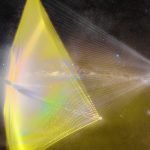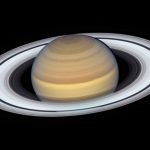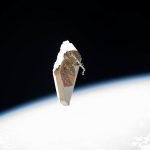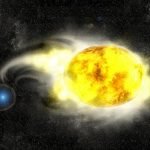Scientists design new spacecraft propulsion system to reach infinity and beyond
Scientists from The Australian National University (ANU) have designed a new type of spacecraft propulsion system as part of an ambitious international project that...
Current tabletop sensors may help search for dark matter, shows study
Scientists are certain that dark matter exists.
Yet, after more than 50 years of searching, they still have no direct evidence of this mysterious substance.
The...
Jupiter and Saturn could have helium rain, shows study
Nearly 40 years ago, scientists first predicted the existence of helium rain inside planets composed primarily of hydrogen and helium, such as Jupiter and...
Scientists suggest new dimension to understand dark matter
As its name suggests, dark matter -- material which makes up about 85% of the mass in the universe -- emits no light, eluding...
Space junk: Houston, we have a problem
Humans have left an absolute mess in space but no one wants to clean it up.
When we think of space, we think big and...
This ‘oddball supernova’ appears strangely cool before exploding
A curiously yellow star has caused astrophysicists to reevaluate what’s possible within our universe.
Led by Northwestern University, the international team used NASA’s Hubble Space...
Dark Energy Survey releases most precise look yet at the universe’s evolution
The Dark Energy Survey collaboration announced it has created the largest-ever maps of the distribution and shapes of galaxies, tracing both ordinary and dark...
Scientists develop new framework for searching for biosignatures in exoplanets
Planning ahead is something astronomy and space exploration excels at.
Decadal surveys and years of engineering effort for missions give the field a much longer...
Scientists discover giant planets in the stellar suburbs
In the neighborhood that makes up our solar system, the giant planets—Jupiter and Saturn—reside in the chilly outer regions, while smaller planets tend to...
Astronomer reveals never-before-seen detail of the center of our galaxy
New research by University of Massachusetts Amherst astronomer Daniel Wang reveals, with unprecedented clarity, details of violent phenomena in the center of our galaxy.
The...










